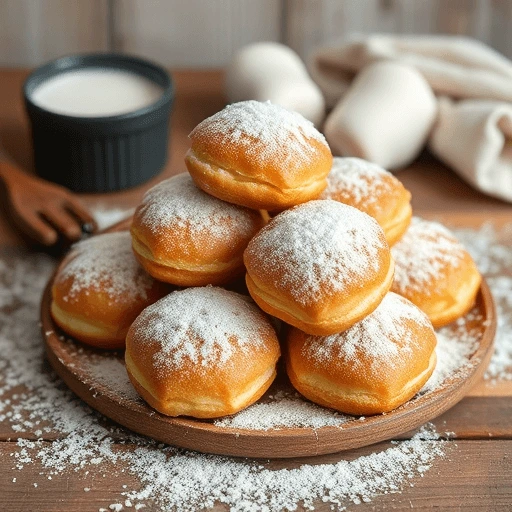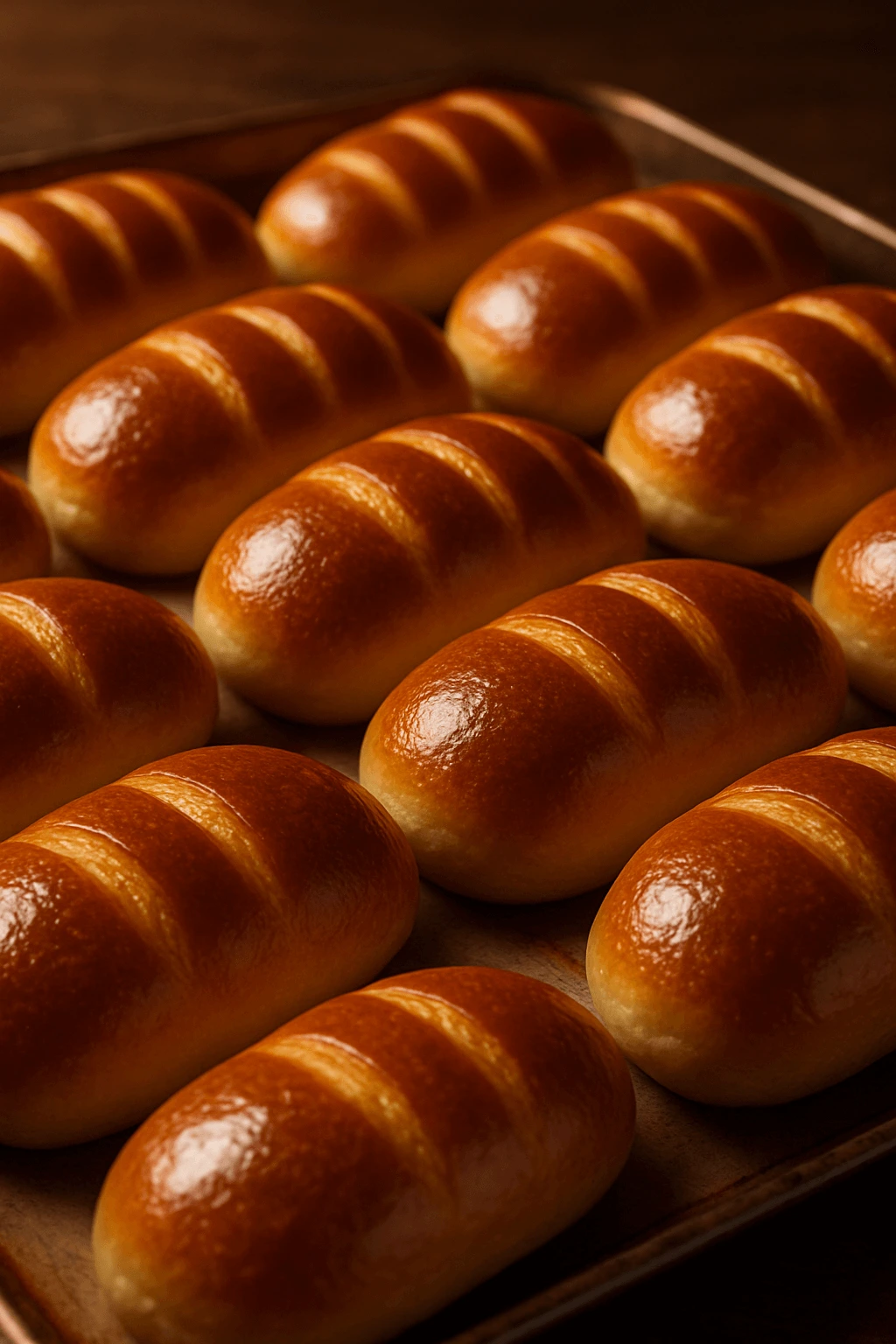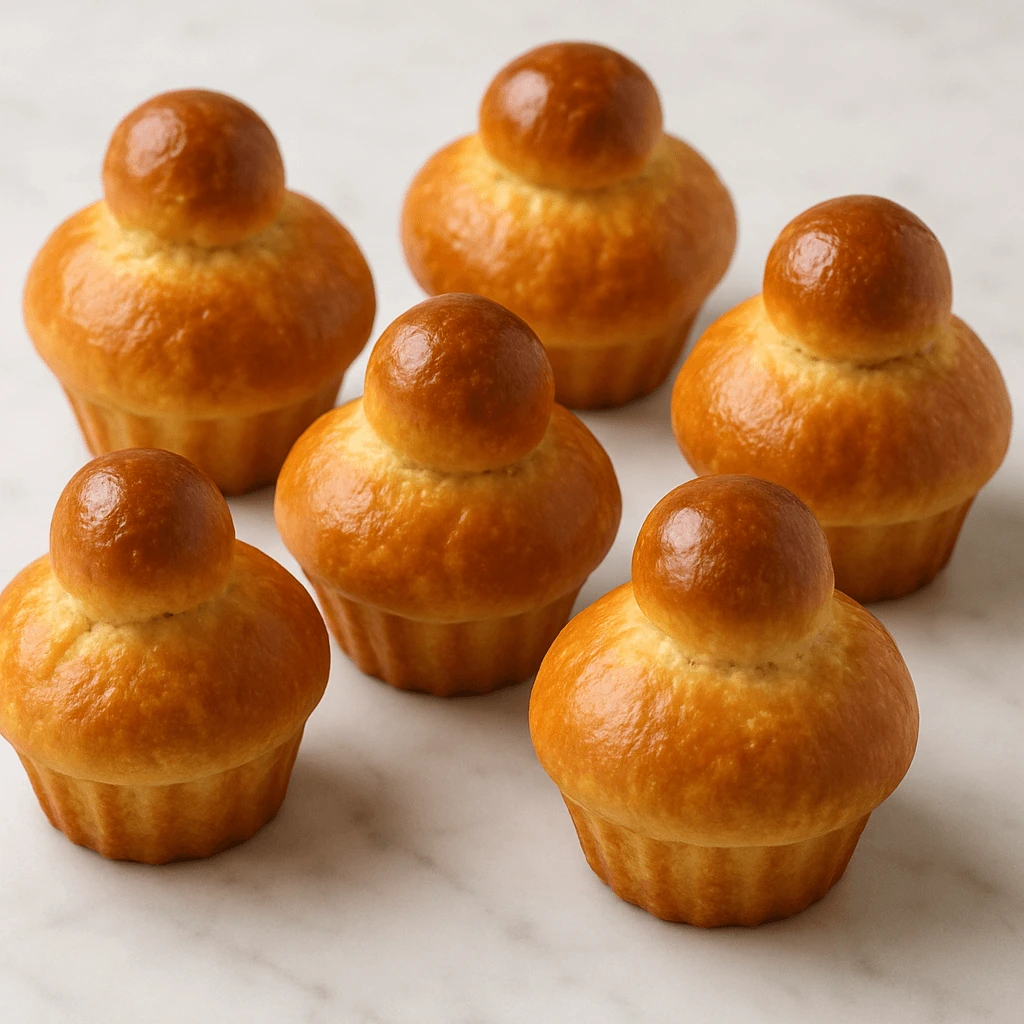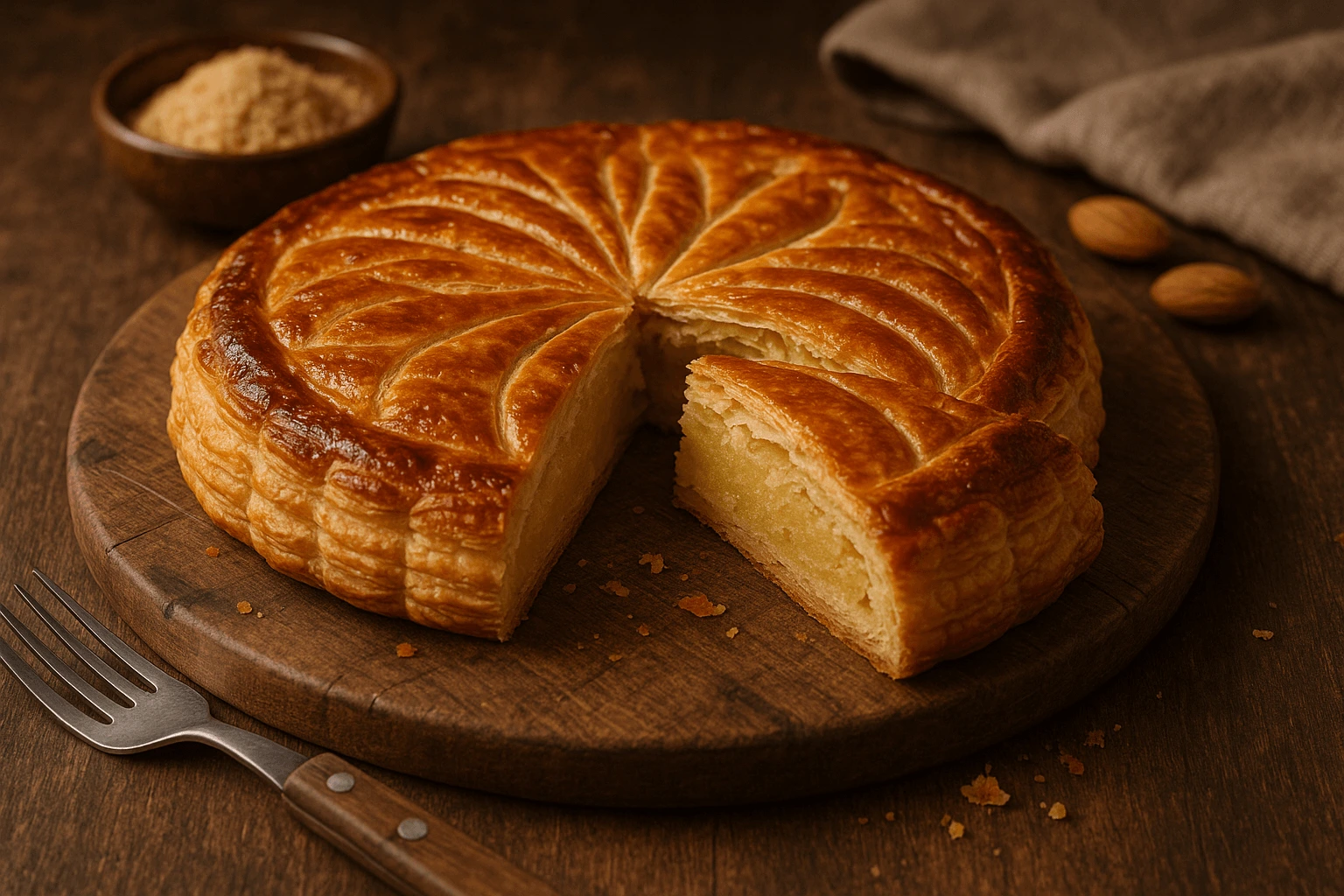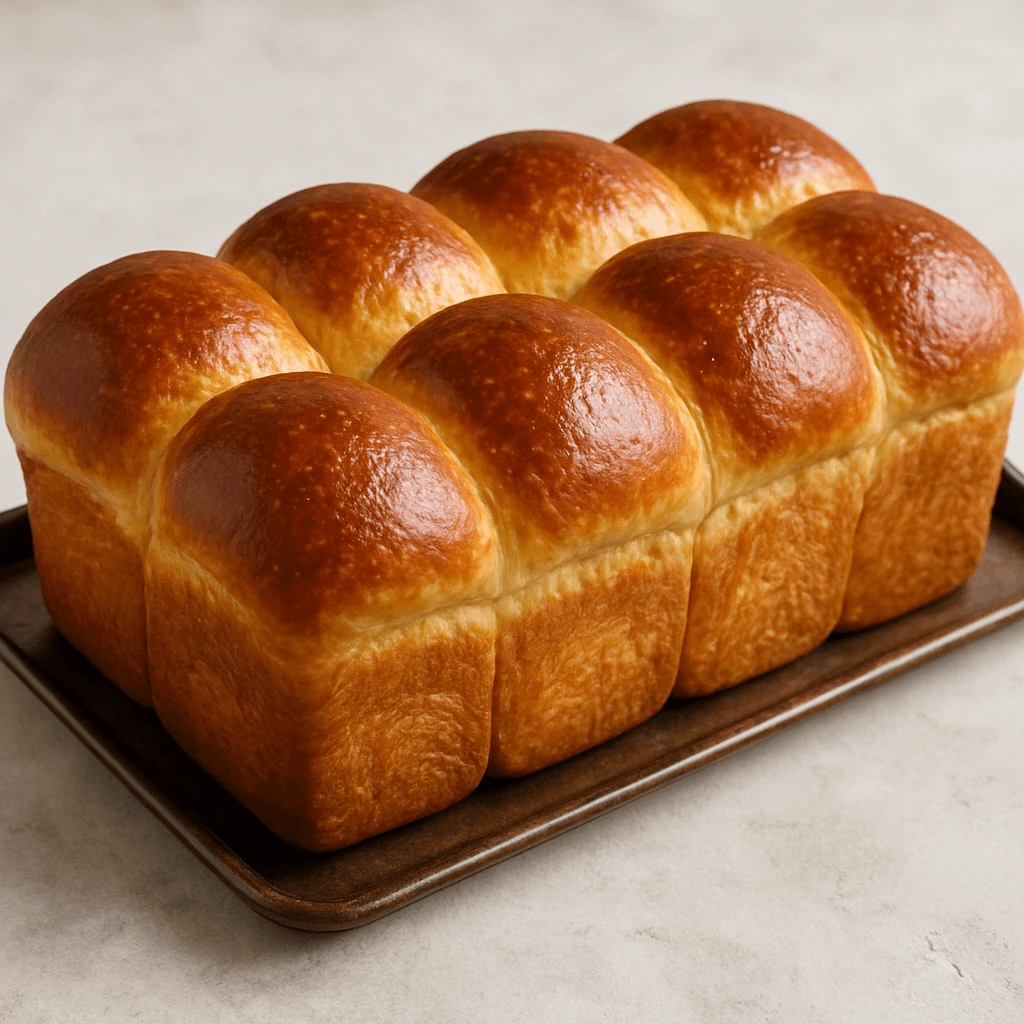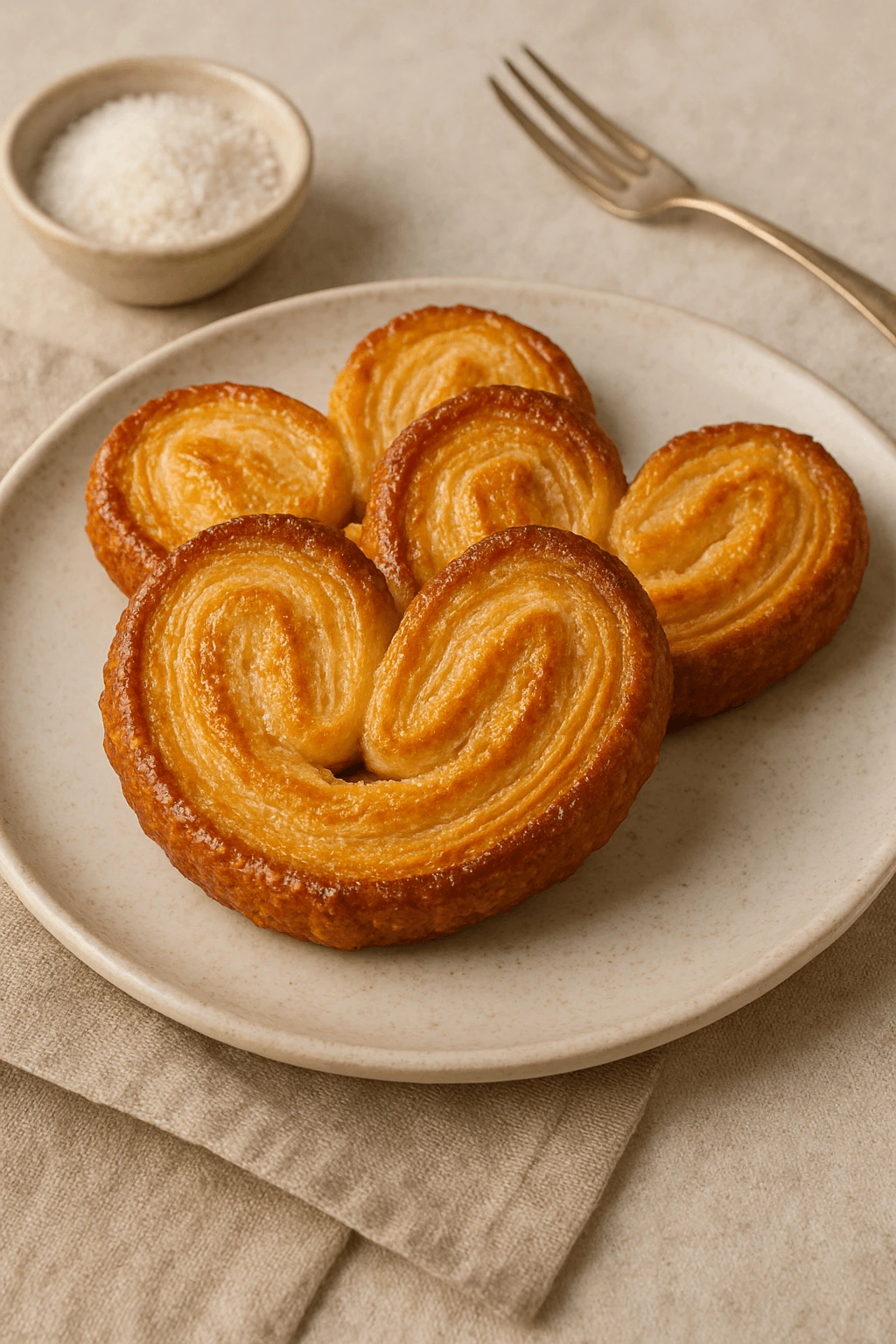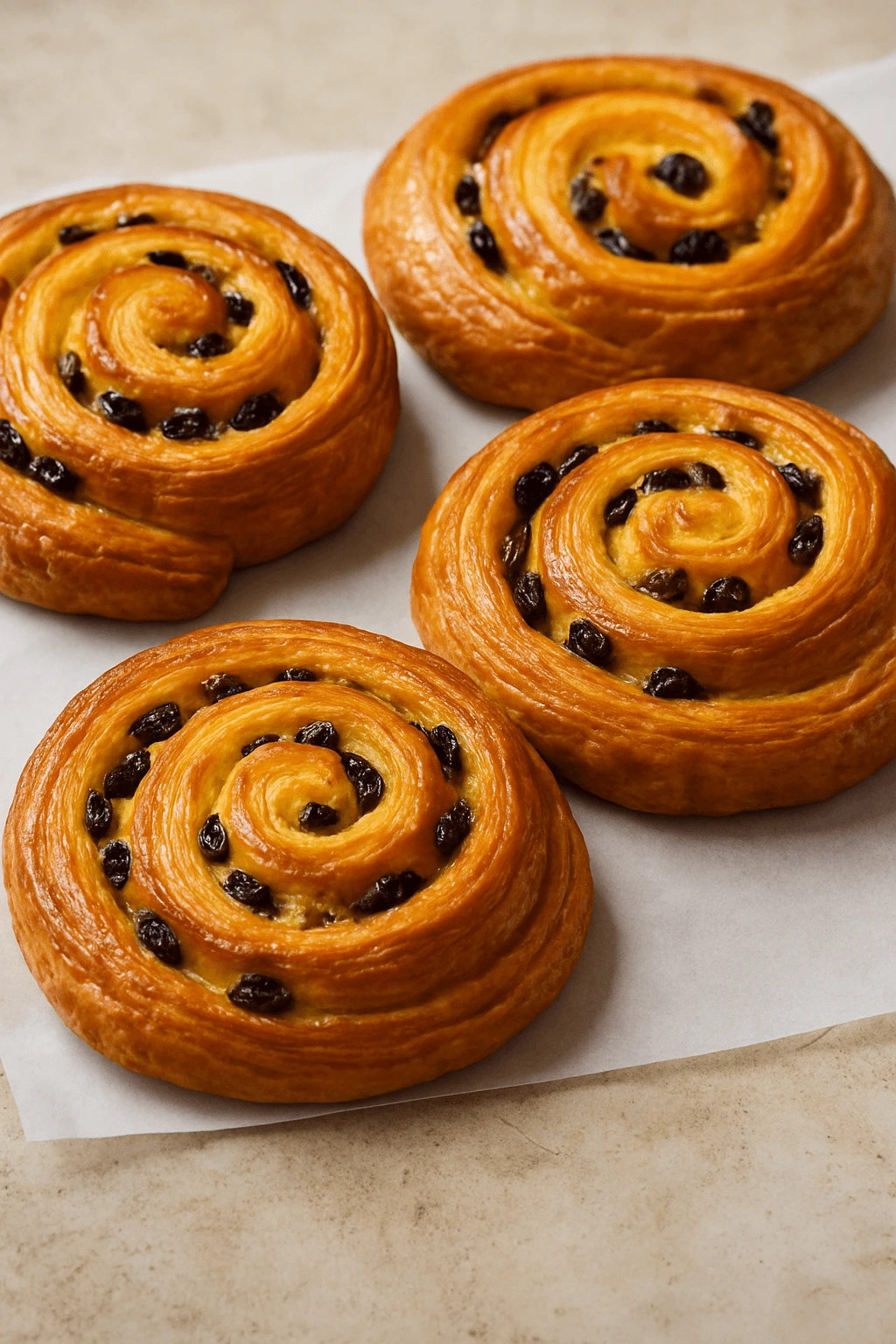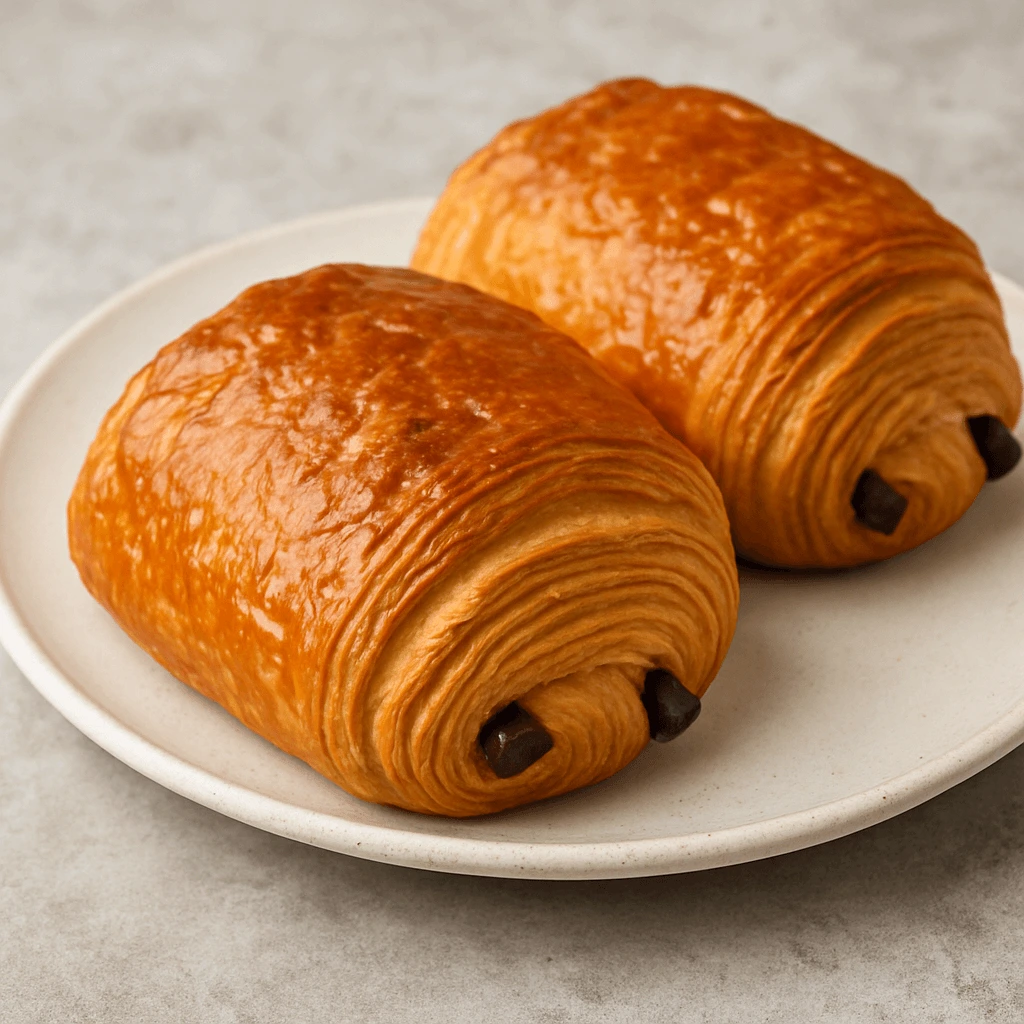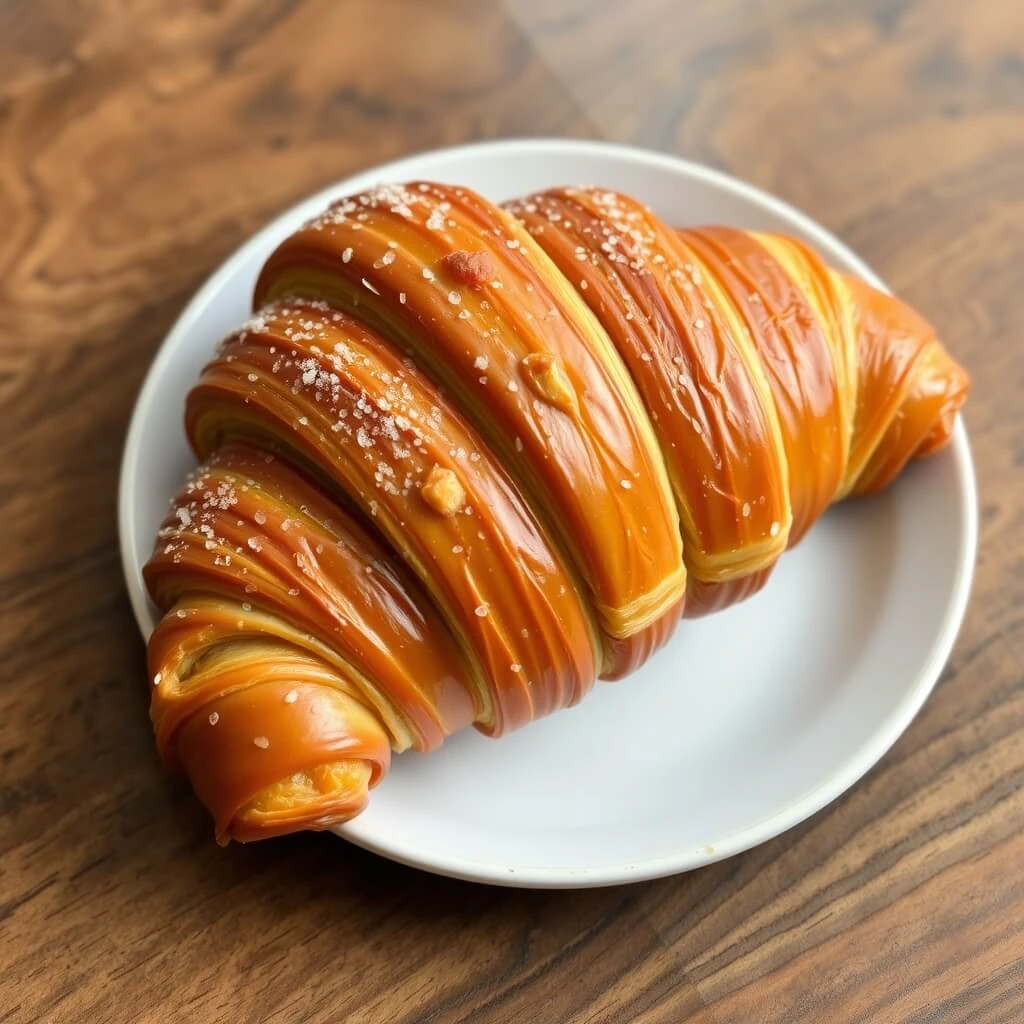What If You Could Make Perfect Donuts at Home?
perfect homemade donuts La pâte à frire est l’une des techniques les plus importantes en cuisine, en particulier pour ceux qui cherchent à obtenir une texture légère et croustillante pour leurs plats frits. Que ce soit pour des légumes, des fruits de mer, des viandes ou même des desserts, la pâte à frire transforme des … Read more

